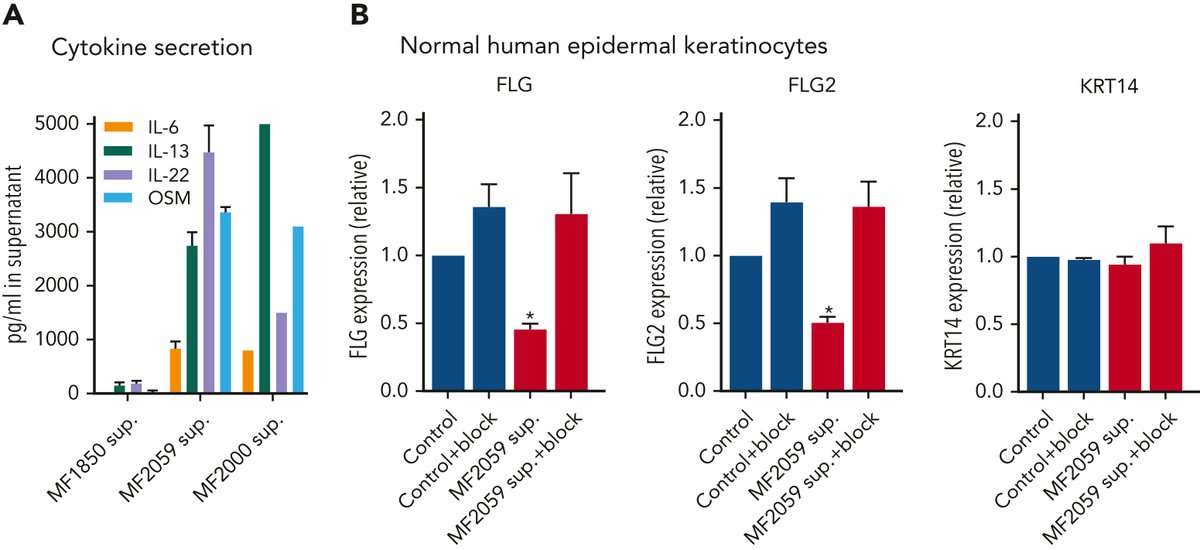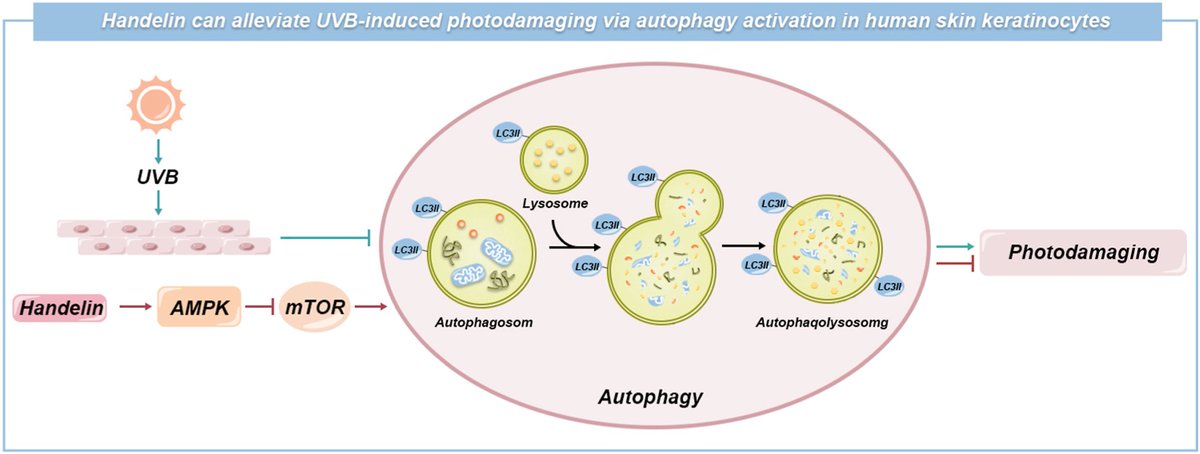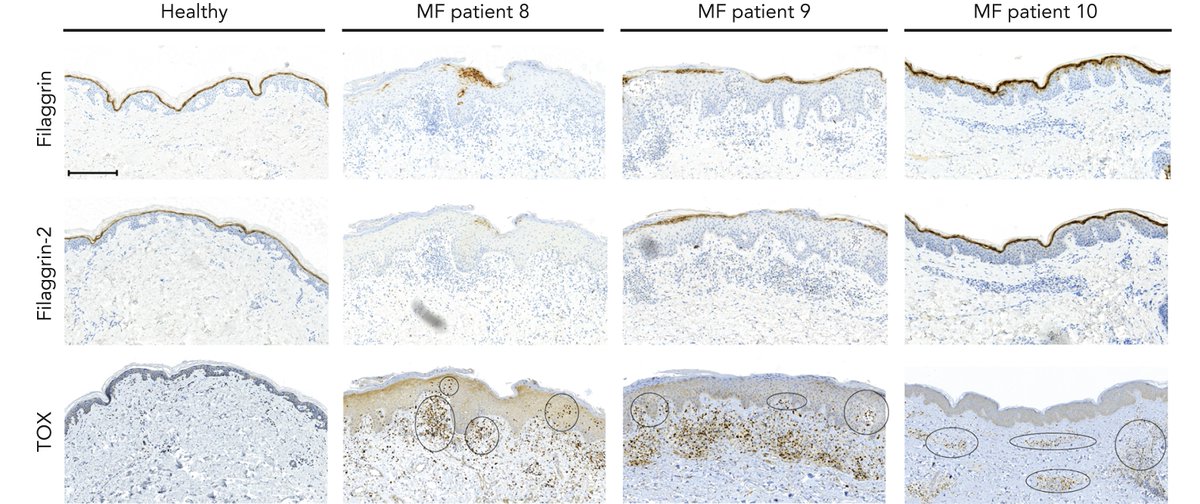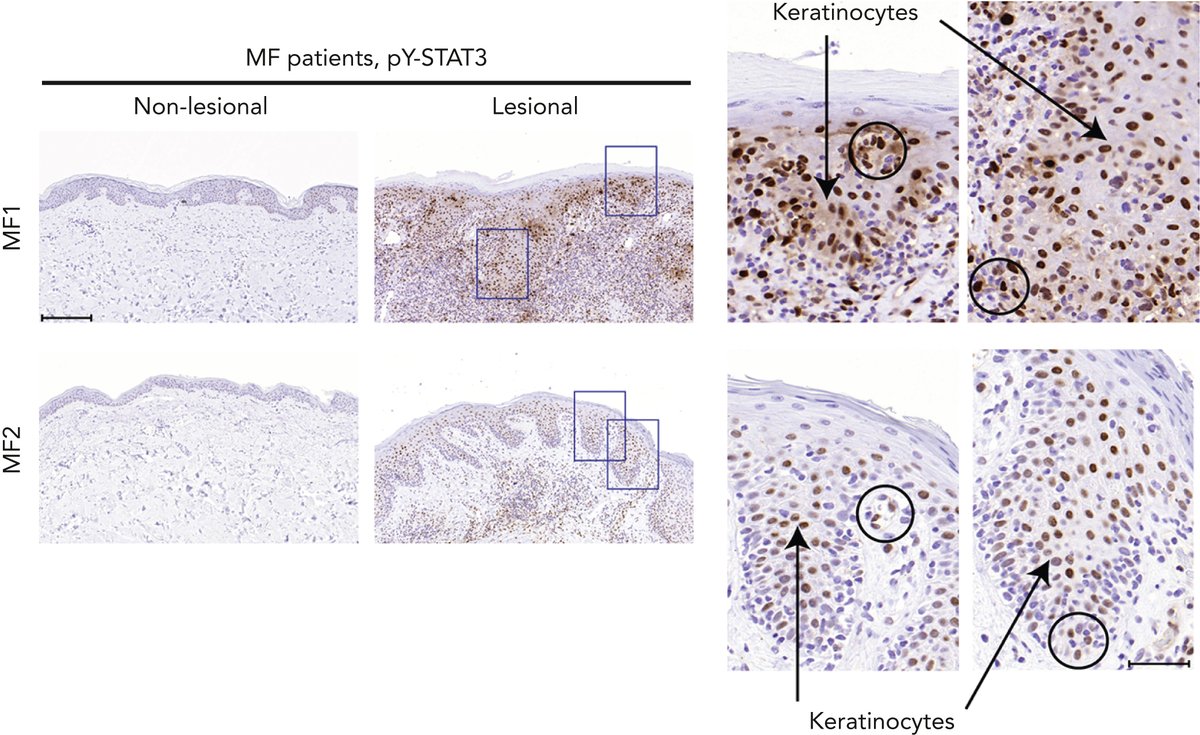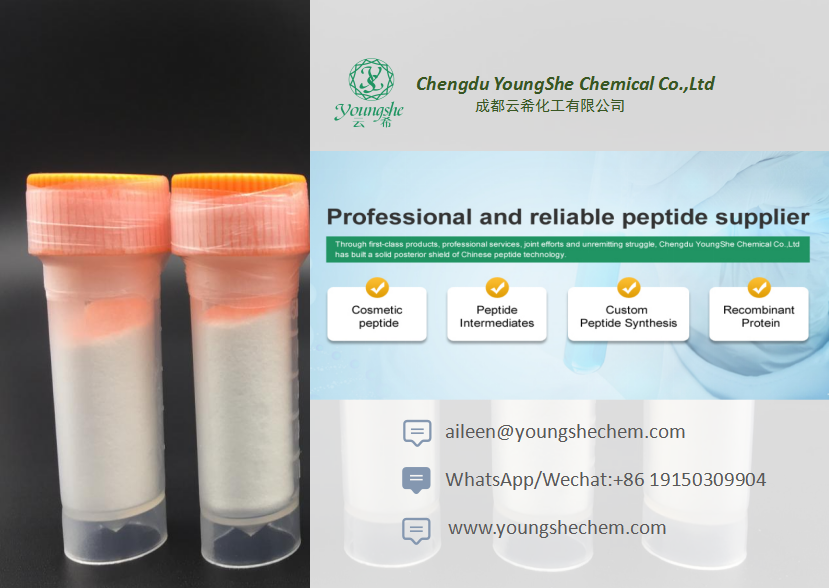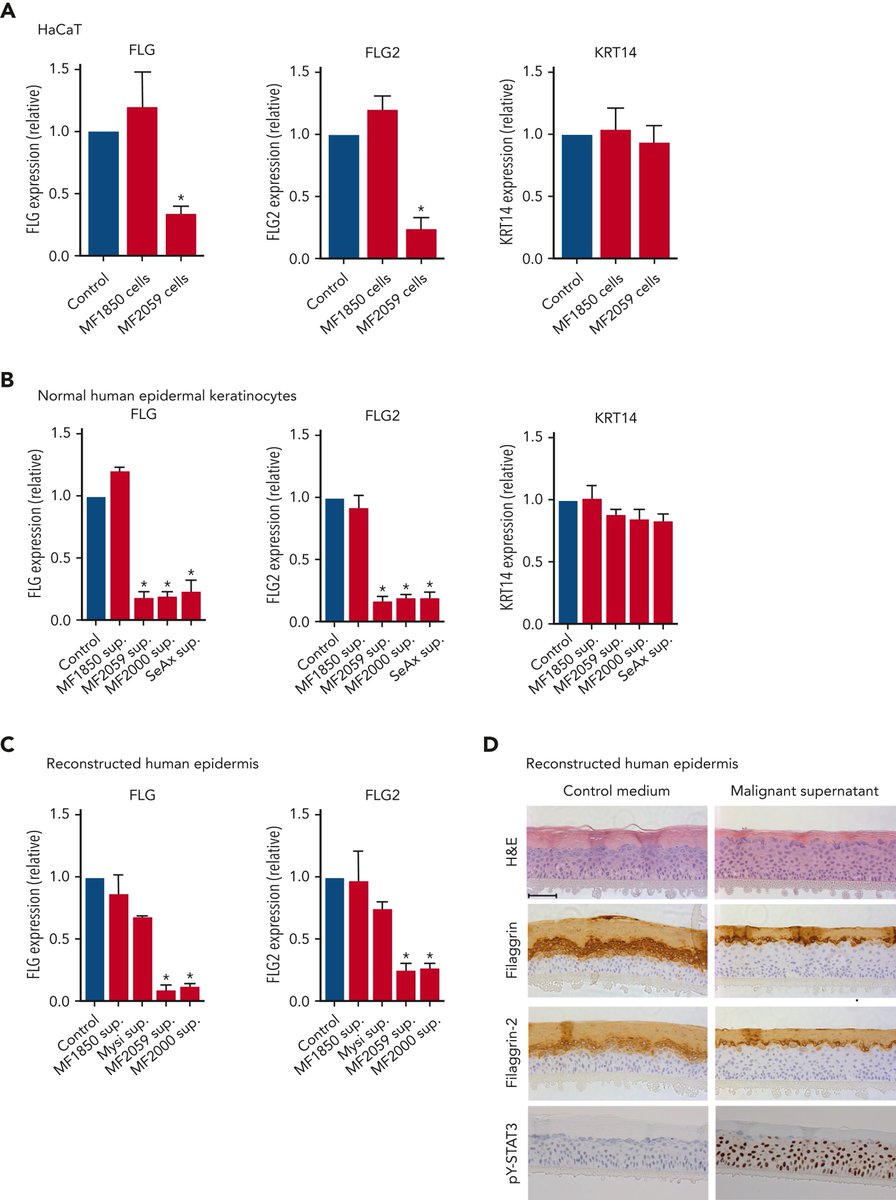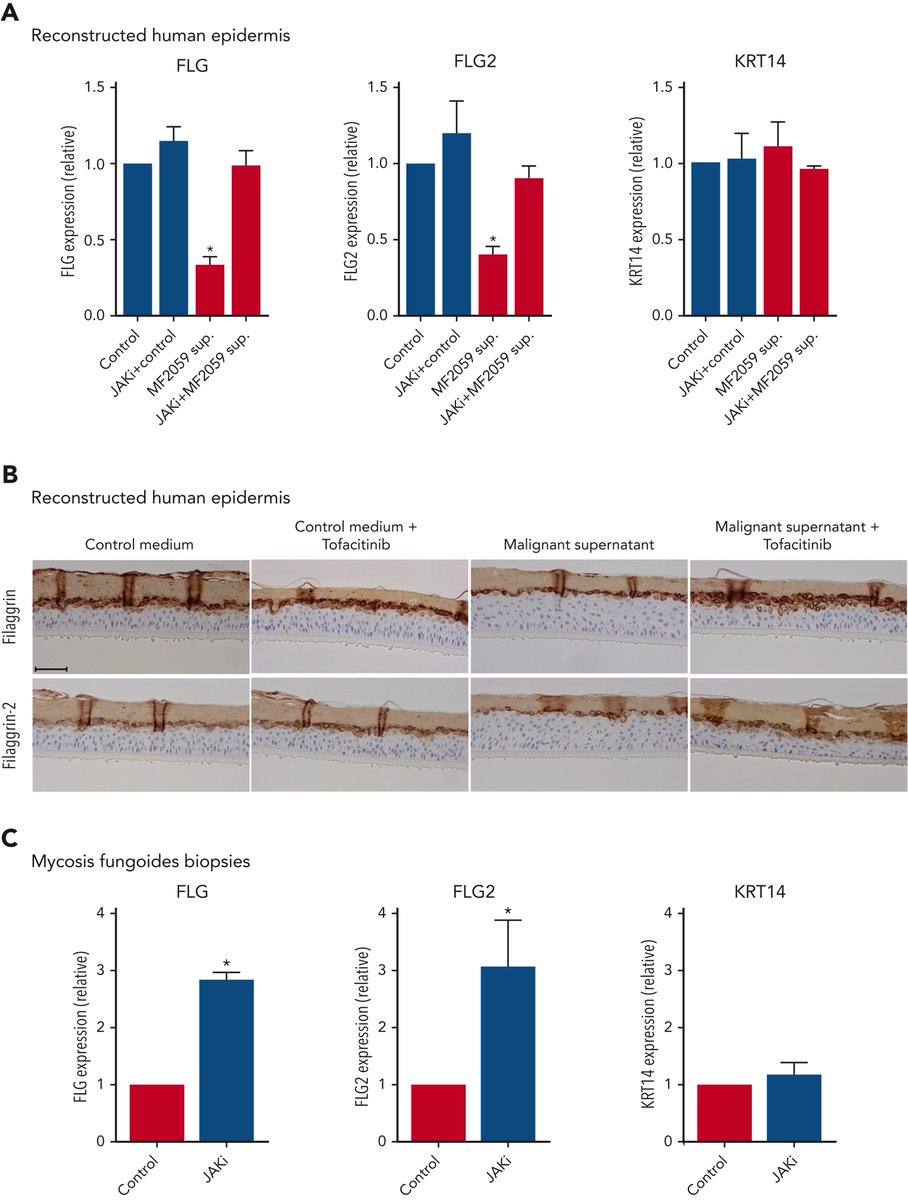




Effect of zinc ions on the proliferation and differentiation of keratinocytes #preprints researchsquare.com/article/rs-291…

Mechanisms of Sodium-glucose Cotransporter 2 Inhibitors in Heart Failure #Heart_failure doi.org/10.15212/CVIA.…



Zachary Smith Ok, Keratinocytes are the predominant cell type of epidermis and originate in the basal layer, produce keratin, and are responsible for the formation of the epidermal water barrier by making and secreting lipids.
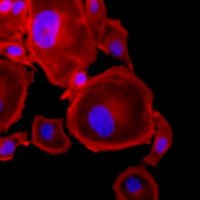

Dr. Lisa Iannattone T. Ryan Gregory Yes, if it were vindictive bureaucrats it would be unsurprising. But good gravy! They sure aren't like the authors of the paper I read the abstract of about the interaction between T cells and keratinocytes in psoriasis. Fucking amazing! So complicated. #TumorNecrosisFactor

🔬 Two-photon excitation and CARS microscopy for structural and molecular assessment of lesions in multiple sclerosis 🔬
💡 What are your in vivo imaging challenges? bliqphotonics.com/solutions/mult…
#microscopy #twophoton #multiphoton #invivo



Alex Chan led our #JournalClub this month. He & Dr Maddie White chose, “Rapid culture of human keratinocytes in an autologous, feeder-free system with a novel growth medium,” written by Feisst et al. University of Auckland | Waipapa Taumata Rau and published by Cytotherapy Journal (@ISCTglobal).
#novelmethod

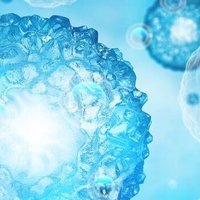



Immature mandarin orange extract increases the amount of Hyaluronic acid in human skin fibroblast and keratinocytes #preprints researchsquare.com/article/rs-281…


Roger Seheult, MD Which natural way - pineal gland, cherries, enterochromaffin cells, grapes, keratinocytes, strawberries, NK cells….



